Research has shown that over the past 50 years the animal population has declined by stunning 70% . In the big world, it's not just animals that disappear, it's everything you can think of that disappears. When was the last time you saw a rotary phone? A cassette player? Animals, companies, technologies, even countries come and go. No one is immune to the passage of time. But sometimes a twist of fate can snatch something from the brink and save it from extinction at the last minute.
10. Tom Cruise Saved Ray-Ban
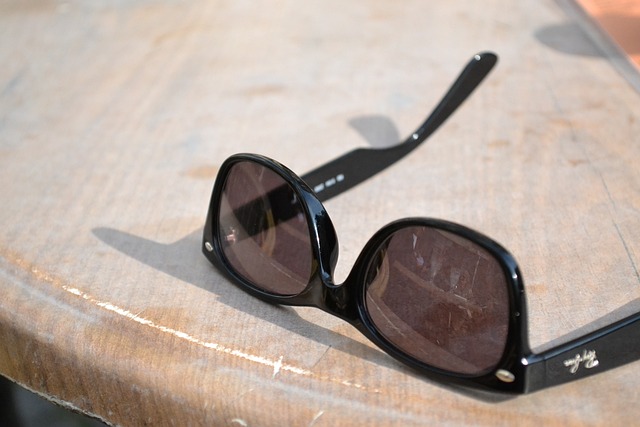
In 2020, the company that owns the Ray-Ban sunglasses brand made €7.7 billion, which is about $7.5 billion. They also own the Oakley brand and a few others, but suffice it to say that Ray-Ban is popular. But it wasn’t always that way. In the early 80s, the company was struggling and sales were falling. There were rumors that they would be discontinued altogether. And then Tom Cruise happened.
On the movie poster "Risky Business" 1983 Cruise wears the iconic glasses, and he wears them in the film. Sales of the Wayfarers he wore, rose by 50% after the release of the film.
Three years later, Cruz wore Ray-Bans in Top Gun , and sales increased still on 40% By 1988, director Barry Levinson actually opposed Cruise wearing them in Rain Man because he was so closely associated with the brand. He wore them anyway and may have single-handedly saved the company with his work in the '80s.
9. Plastic Billiard Balls Saved Elephants

It is hard to imagine how cruel the ivory trade was to the elephant population. Today, there are fewer than a million elephants left alive. In 1800, there were 26 million people . The massacre on a large scale is almost unbelievable. But it would have been even worse if it had not been for a man named John Wesley Hiatt.
As the 19th century drew to a close, billiards became increasingly popular. What many people today may not realize is that billiard balls were often made of ivory back then. So thousands and thousands of elephants died for pool and snooker. But even the manufacturers weren't entirely happy about it, because ivory was expensive. If the ball wasn't made correctly, it would break, and one tusk could only make four or five balls At the time, it was believed that there were not enough elephants in the world to meet demand.
John Wesley Hyatt developed a solution that may have saved elephants from certain death. This was back when plastic was still relatively new. Hyatt developed a new plastic called celluloid in 1869 , which was hard, durable and perfect for billiard balls. It was also much cheaper than ivory. The industry switched over and although elephants were and still are hunted for ivory; it was greatly improved.
8. The Man Who Pretended to Be a Crane
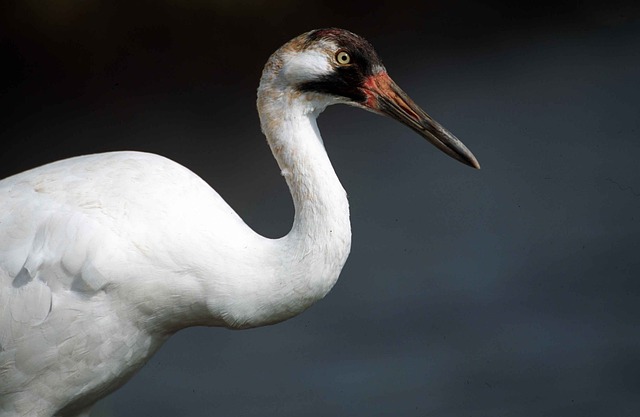
Birds are some of the most remarkable creatures in the world. From tiny hummingbirds to heart rate 1260 beats per minute to the oldest confirmed bird in history, the pink cockatoo, which turned 83 years old And then there are the whooping cranes, to which George Archibald dedicated his life.
In 1942 left in the wild near 15 Whooping Cranes . Bringing them back from the brink required the conservation work of many people, but George Archibald deserves special recognition for his dedication. To save the species, he worked with a female crane named Tex, who had been raised in captivity, imprinted on humans, and essentially didn’t know how to be a bird. But she will be integral to saving a species whose genetic diversity is so limited.
Since Tex was connected to humans and perhaps even considered herself one of them, Archibald did what he thought was the only logical thing to do. He courted her. He brought her into his home and participated in rituals such as nest building and dancing . The idea was that if she mated with him, she would naturally begin to ovulate because she was expecting to mate. Then scientists could take her in, artificially inseminate her, and hatch a new generation of baby cranes. And remarkably, after years of trying, it worked. After several failures, they had a baby named Gee Weese in 1982. Although Tex sadly died soon after, the story gained international attention, and today their population is about 800 people .
7. Darwin's theories saved the wine industry

Charles Darwin is obviously best known for his contributions to evolutionary science, but he is also arguably responsible for saving European wine from extinction, something many people are undoubtedly happy about today.
He didn't save the wine directly, but his work helped as European winegrowers were plagued by a parasitic louse, called phylloxera . It infected the roots and killed the plants. It was determined that the little monsters came from America, and a solution was developed based on Darwin's theory of adaptation. European vines would grafted onto American roots , resistant to lice. They still practice this practice.
6. Life Magazine Saved a Shar Pei

Shar Pei are not the most popular dog breed in the world, but they are certainly very recognizable and very cute with their wrinkled bodies. The entire breed almost died out in the 1940s due to the Chinese government imposing a large tax on dogs native to the country, causing their numbers to decline so dramatically that Guinness declared them the rarest breed in the world in the 60s. years .
A Hong Kong breeder tried to bring international attention to the breed to save them, and in 1979 Life Magazine put one of the dogs on the cover. This brought them to the attention of American dog lovers, and demand skyrocketed, result which is spread back from the edge.
5. Avocado was saved by giant sloths

Have you ever wondered why an avocado has such a gigantic pit? Compared to literally any other fruit, an avocado doesn't make much sense. Especially when you consider how other fruit-bearing plants reproduce. Animals typically eat the fruit, and the seeds are spread through their excrement. But the avocado pit is huge and inedible, at least by modern standards. Not so many prehistoric ones, though, and that's when the avocado was saved from certain doom. giant sloths .
Avocado dates back to Cenozoic era , about 65 million years ago. As mammals became the dominant life forms after the dinosaurs, creatures like giant sloths ate avocados whole, roamed the countryside, and scattered the seeds. The massive seeds made sense because they could be eaten by large animals, and the seeds would survive their digestion.
From there, wild avocado growth spread, and although the giant sloths and their cousins died out 13,000 years ago, avocados spread far enough that humans could begin cultivating them and keeping species that might otherwise have gone extinct when their seed-dispersing predators disappeared from extinction.
4. The Great Depression Helped Save Turkeys

You don't think of the Great Depression as something that saved anyone or anything, but that's not quite true. The Depression had a huge impact on turkeys. Turkeys numbered in the millions before European settlers arrived. In the 1930s, there were about 30,000 people , and 20 states have lost them completely.
Although other efforts were made to preserve the species, the Great Depression gave them what they needed most: space. When families lost their farms , the land returned to nature. Crops like cotton that were of no use to wildlife disappeared, and other crops returned, providing habitat and food for the animals. Wild turkeys were able to reproduce safely again and began to increase their numbers again.
3. Poisoned toad sausages could save northern quolls

The Northern Quoll is a small marsupial that weighs up to a couple of pounds and can be found in Australia. They also have the unfortunate habit of eating cane toads. Cane toads are toxic and invasive in Australia, so Quolls have no history with them to know to avoid them. As a result, the Quolls try to eat the cane toads, and the toxins kill them. The result has been a devastating blow to the northern Quoll population.
Researchers are trying to protect the marsupials, but controlling the cane toad population hasn't been successful, so attempts to dissuade quolls from eating them have come up with creative means. In other words, people are doing toad sausages .
The researchers are making sausages from non-toxic parts of cane toads and poisoning them. Not with a deadly chemical, but one that will make the quolls sick. throw sausages in front of where cane toads currently exist, with the intention that the quolls will eat them, associate the cane toads with the disease, and when real toads appear, they will not eat them. This is a new idea, but the results are mixed as the program is still relatively new, although the evidence suggests that it is having positive results.
2. The Great Barrier Reef is being saved by robots that kill starfish

The Great Barrier Reef in Australia has been under threat due to climate change, pollution, and perhaps the sudden emergence of predatory starfish. The Crown of Thorns starfish feeds on coral and is incredibly difficult to get rid of. You can cut one in half and it will just turn into two starfish. To kill them, you either have to poison them or destroy them completely, which is obviously not easy to do in the ocean. Not for the living ones, anyway. And for robot?
COTsbot - this is a drone that patrols the reef and attacks Crown of Thorns starfish by injecting them with a toxin. Starfish usually have a stable population, but outbreaks do occur and can be devastating. It has been estimated that 40% of reef losses are due to starfish. Runoff from farms and overfishing of their natural predators may be the cause. COTSbot carries enough poison to kill 200 of them and can patrol for eight hours straight, which is far better than a human diver.
1. Sapsan was saved by sex hats
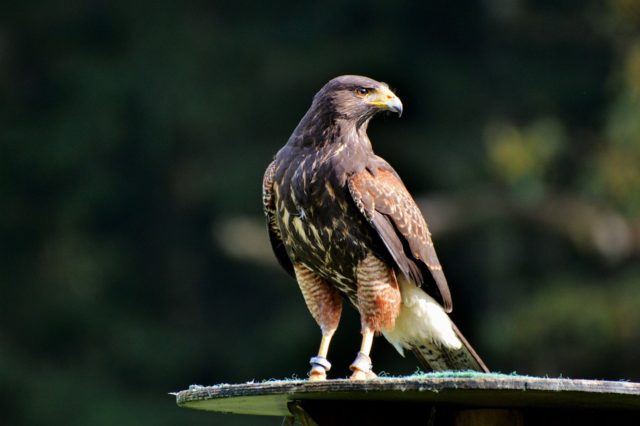
The fastest living creature in the world is the peregrine falcon, which dives at the speed of 200 miles per hour. These little birds of prey are pretty amazing, but we almost lost them to a pesticide known as DDT in the 1950s. DDT made the birds' eggs unviable. The shell would be too soft and the chick wouldn't be able to develop. By the 1960s in the United States east of the Rocky Mountains there are no falcons left in the wild, and few remained in other places.
Efforts to save the birds grew, and this required an artificial breeding program. However, breeding falcons is not an easy task. It takes several people to hold the bird, a delicate and dangerous task, and then trying to get it to produce sperm, which is not always easy and is very stressful for the bird. The result was two or three birds born per year.
A remarkable innovation by a falconer named Lester Boyd changed the situation and saved the birds. Boyd invented sex hat falcon . Colloquially, this is called an F-Hat, and you can probably guess what the F stands for. The falconer has to wear the hat around the male at all times, he has to wear the same clothes so the bird feels comfortable, and he has to spend as much time with her as possible during breeding season. Once the male has gotten comfortable, he will jump on the hat on the falconer's head and, you know, breed in that hat. Tiny honeycomb chambers collect the sperm, and it is immediately transferred to the female with a tiny syringe. This method worked incredibly well and saved the species. It is believed that Today in North America there are about 3000 breeding pairs .


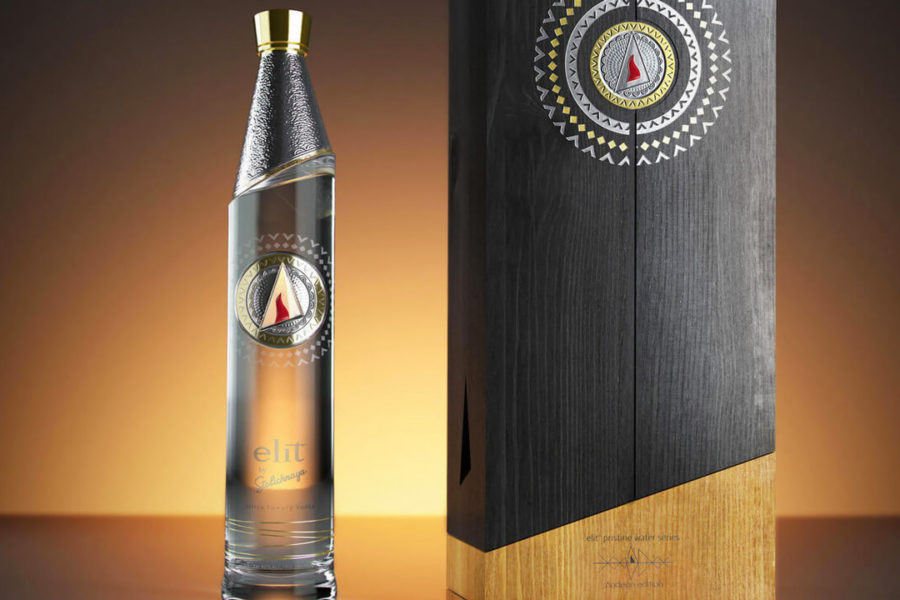






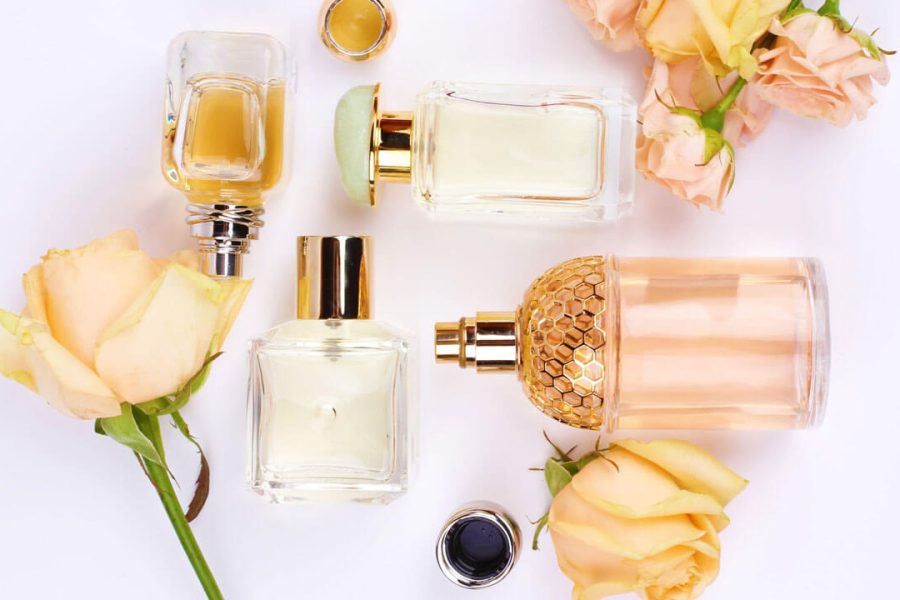


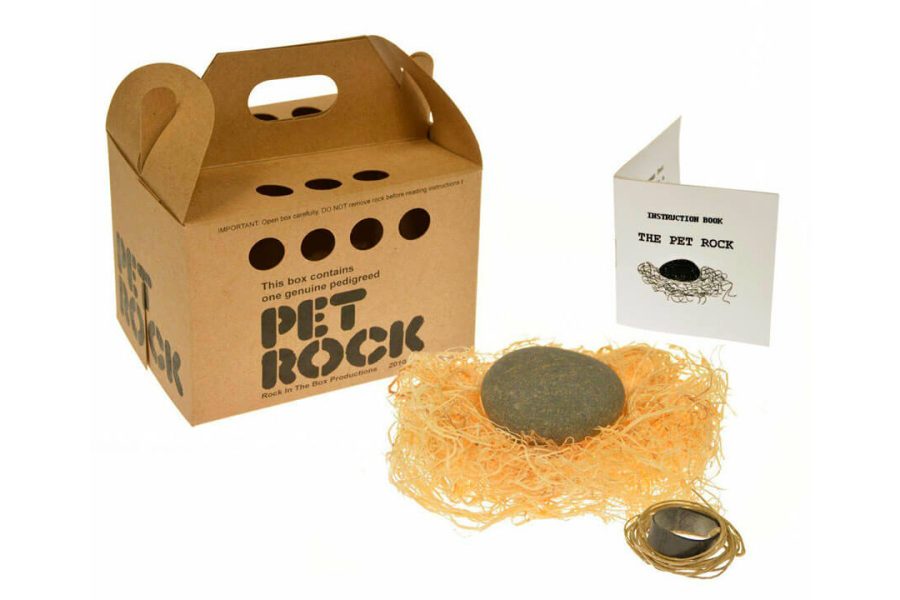
Оставить Комментарий